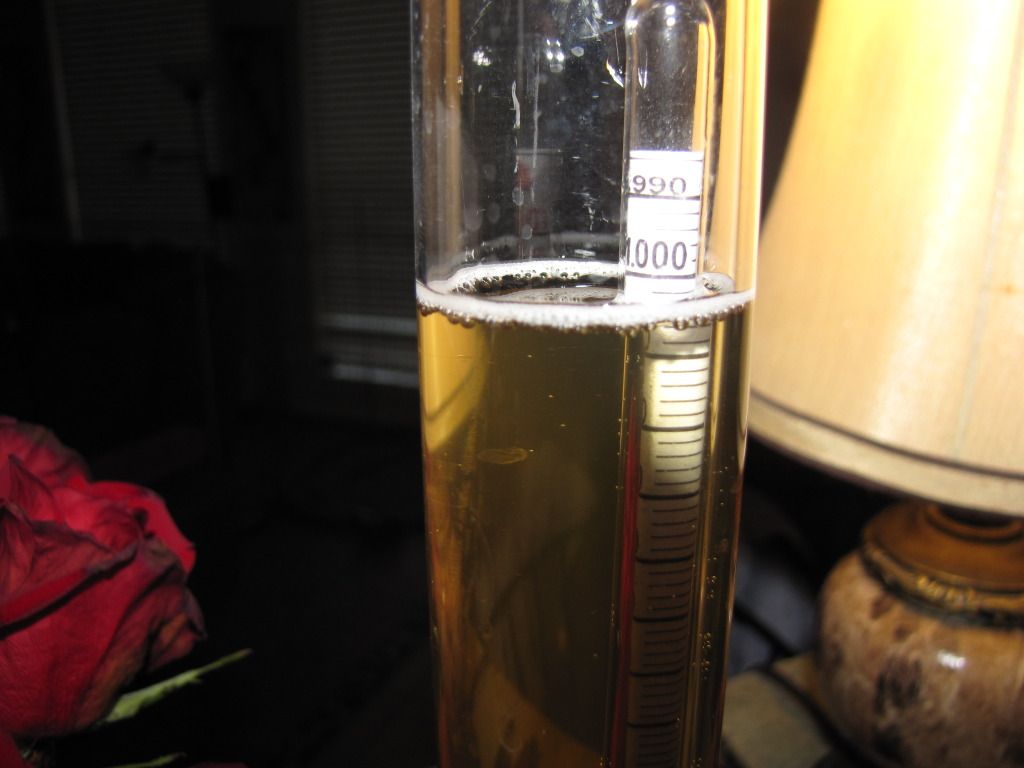jakenbake
Member
Did an all grain Pumpkin Ale this weekend. It was my first 10 gallon brew, and I didn't hit my mash temps (was at 146F for most of it).
Anyway, I just doubled a 5 gallon recipe. OG was 1.060. I used 2 Wyeast 1056 American Ale packs for the 10 gallons (no starter). Fermentation really took off Sunday morning, but Monday night there wasn't much of anything. I had to wiggle the blow off tube to get any bubbles in the water.
I am fermenting in a well cleaned Sanke keg since it is a 10 gallon batch and I didn't want to split between 2 carboys.
I originally set my fermentation chamber for 68F, but taped the temp probe to the sanke keg, so it may have undershot the temp by quite a bit to get the stainless steel keg down to temp. As of Monday morning, the temp chamber still wasn't to temp, and the fridge was on trying to get there. By Monday night, it was at temp.
Anyway, I'm not sure what the deal is on the stalled fermentation. Right now I have it warming up in hopes that I can get it active again. Should I just let it play out, or should I try to stir the yeast without aerating, or pitch more yeast?
Oh, and I used 2 lbs of brown sugar in the boil. Not sure if that had anything to do with it.
Any advice would get great.
Anyway, I just doubled a 5 gallon recipe. OG was 1.060. I used 2 Wyeast 1056 American Ale packs for the 10 gallons (no starter). Fermentation really took off Sunday morning, but Monday night there wasn't much of anything. I had to wiggle the blow off tube to get any bubbles in the water.
I am fermenting in a well cleaned Sanke keg since it is a 10 gallon batch and I didn't want to split between 2 carboys.
I originally set my fermentation chamber for 68F, but taped the temp probe to the sanke keg, so it may have undershot the temp by quite a bit to get the stainless steel keg down to temp. As of Monday morning, the temp chamber still wasn't to temp, and the fridge was on trying to get there. By Monday night, it was at temp.
Anyway, I'm not sure what the deal is on the stalled fermentation. Right now I have it warming up in hopes that I can get it active again. Should I just let it play out, or should I try to stir the yeast without aerating, or pitch more yeast?
Oh, and I used 2 lbs of brown sugar in the boil. Not sure if that had anything to do with it.
Any advice would get great.



